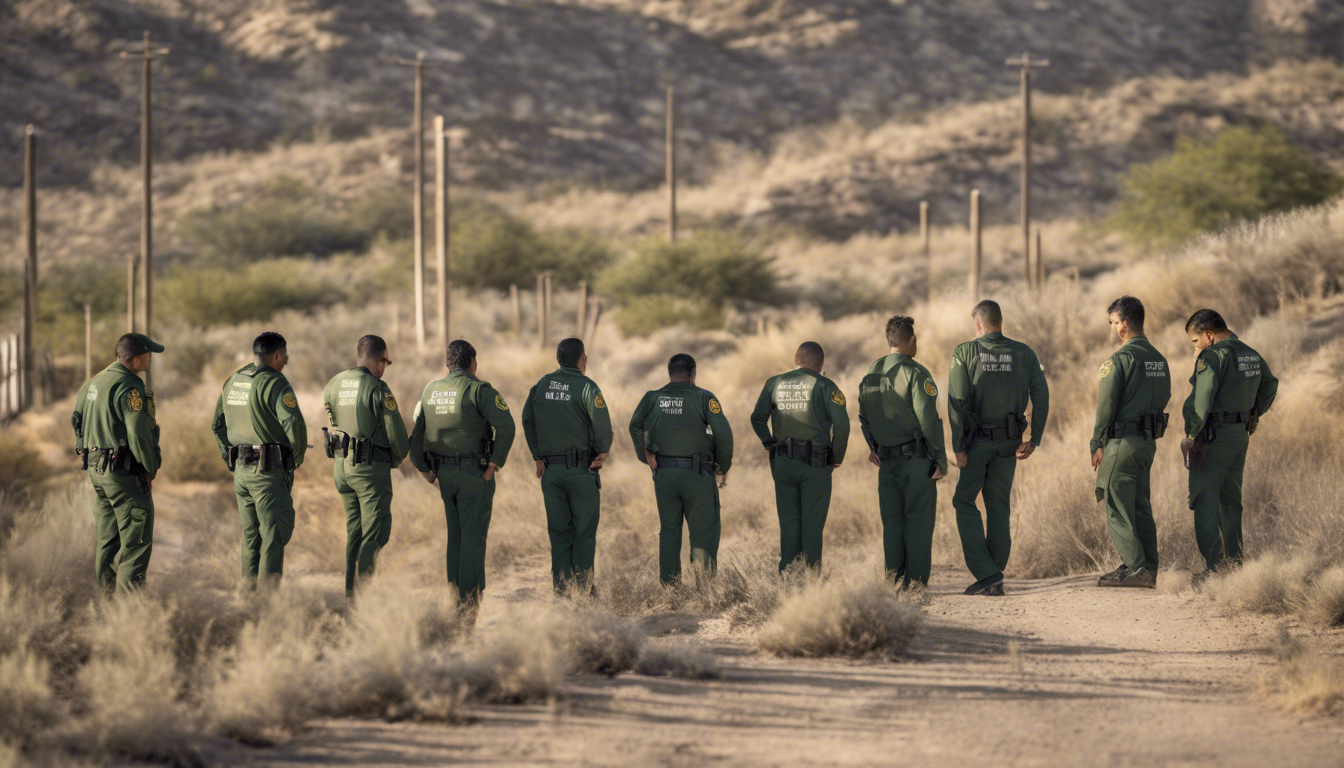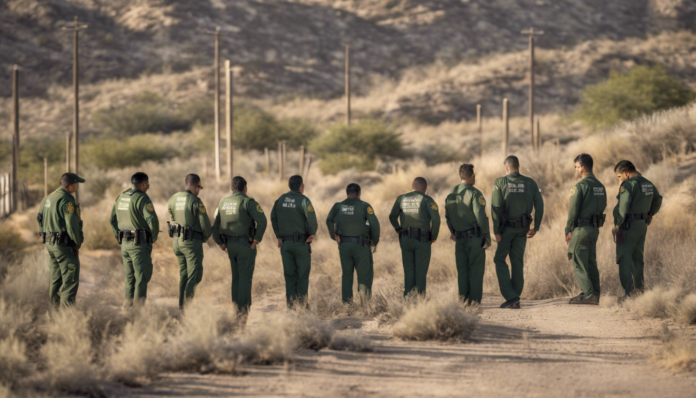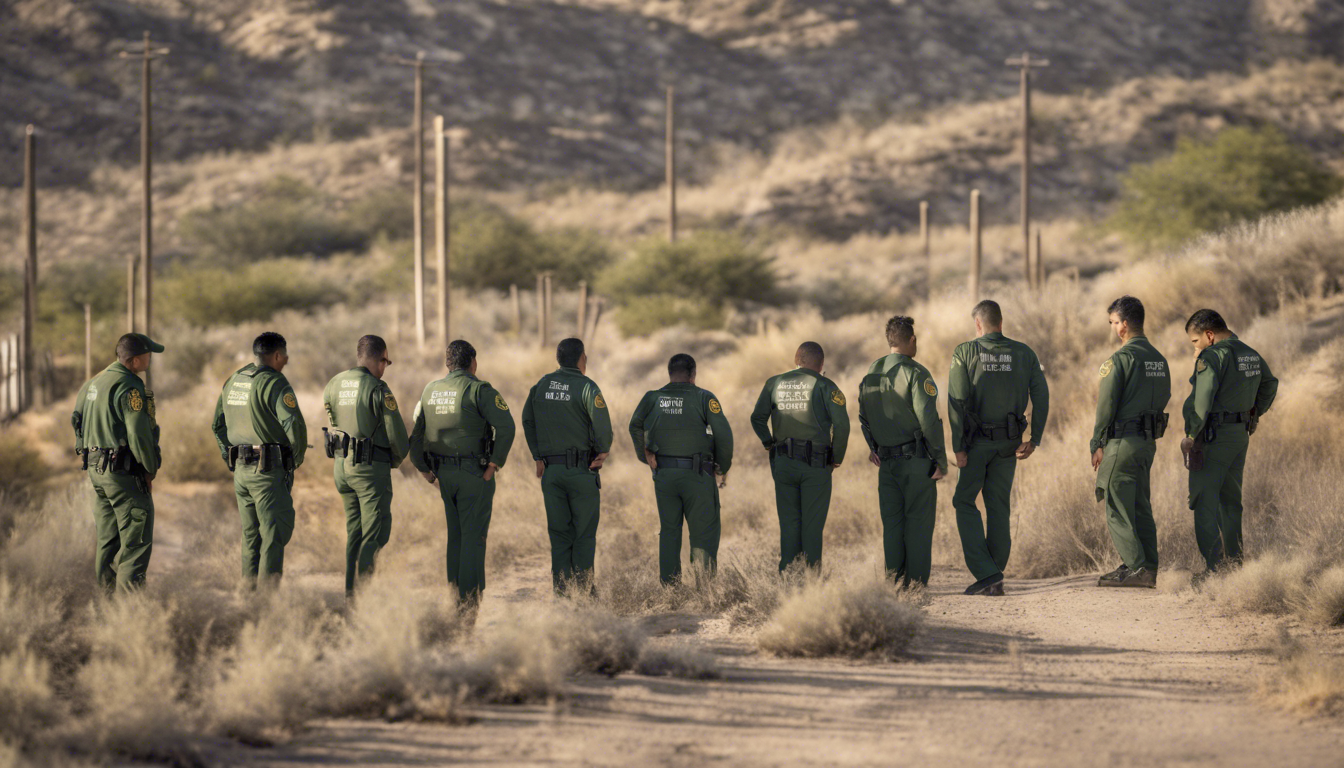
In recent months, the U.S. has witnessed a noteworthy decline in migrant apprehensions at the southern border, a trend that has caught the attention of policymakers and the public alike. In September, Border Patrol recorded just 53,881 apprehensions—marking the lowest figures since August 2020 and representing a significant drop from the nearly 250,000 apprehensions recorded in December
2023. This three-month streak of figures in the mid-50,000s raises both questions and discussions about the underlying factors driving this trend. By examining recent policy changes, enforcement measures, and broader contextual factors, we can gain a clearer understanding of what might lie ahead for migration patterns along the U.S.-Mexico border.
Key Takeaways
- Border Patrol’s recent migrant apprehension numbers are the lowest since August 2020, reflecting significant policy and enforcement changes.
- The Biden administration’s new asylum rules and Mexico’s crackdown on migration are key factors contributing to this decline.
- Leadership changes in Mexico may indicate a continuation of current migration policies, influencing future trends.
Factors Contributing to the Decrease in Migrant Apprehensions
The notable decrease in migrant apprehensions at the U.S.-Mexico border can be attributed to several key factors, shaping a complex landscape of migration dynamics. September saw Border Patrol apprehend just 53,881 migrants, the lowest monthly total since August 2020, reflecting a significant drop from nearly 250,000 in December
2023. This shift is significantly influenced by a rigorous crackdown on migration by Mexico and new regulations from the Biden administration that restrict access to asylum. The administration’s recent decision to not renew humanitarian parole for up to 30,000 monthly entrants from Cuba, Haiti, Nicaragua, and Venezuela adds pressure on migrants to seek other means of legal entry. Moreover, the leadership transition in Mexico, with Claudia Sheinbaum appointing Sergio Salomón Céspedes to head the migration agency, could assure continuity in existing migration policies, despite potential shifts. Additional insights reveal a 35% reduction in U.S. deportations of Honduran citizens this year, paralleling the decline in apprehensions, while Immigration and Customs Enforcement (ICE) also conducted fewer removal flights in September. These developments underscore an evolving, yet uncertain, future for migrant apprehension trends and policy implementation.
Impact of Policy Changes on Migration Trends
The reduction in migrant apprehensions at the U.S.-Mexico border and recent policy changes reflect broader trends in migration management across North America. As the Biden administration continues to navigate complex immigration challenges, the introduction of rules limiting asylum access has been pivotal. This has coincided with Mexico’s intensified efforts to curb outbound migration, thus contributing to a notable decline in apprehension figures. Notably, September’s figures not only marked a significant decrease from previous months but also emphasized a trend towards stabilizing migration flows. Furthermore, the decline in deportations of Honduran migrants indicates a shift in enforcement priorities, prompting discussions about the humanitarian implications and the needs of these communities. The impending leadership transition in Mexico under Claudia Sheinbaum could either bolster or shift current policies, leaving stakeholders to speculate on the trajectory of immigration trends in the region.


